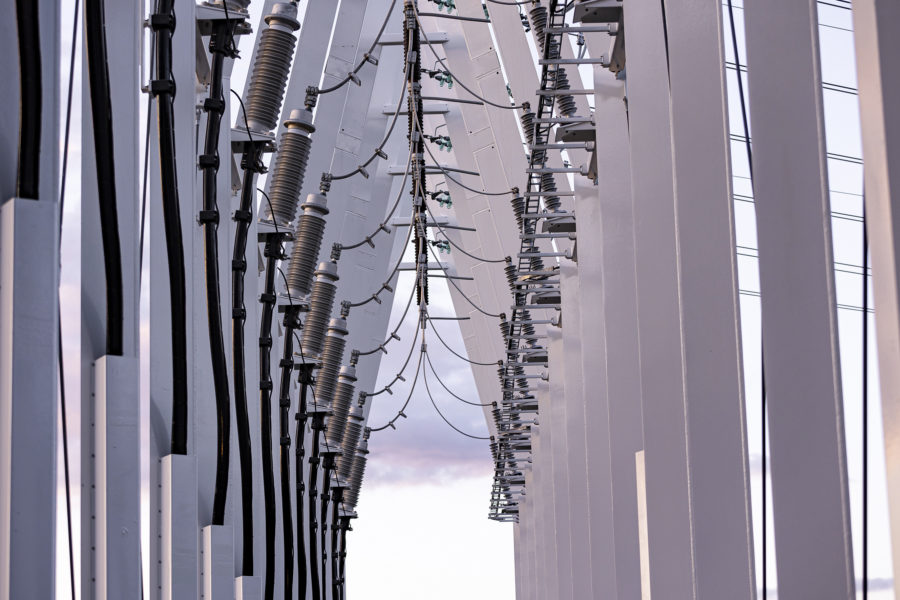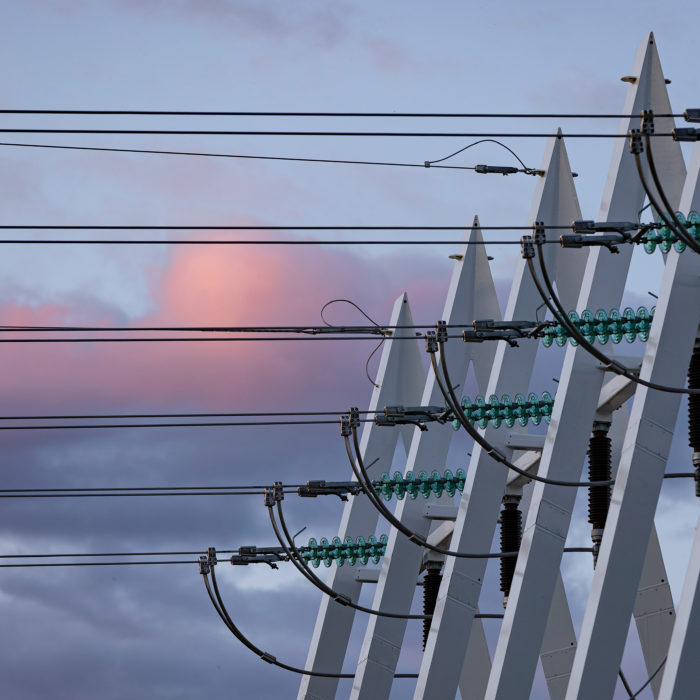“Normally, the Main Grid Control Centre’s voice communications, such as transmission, outage, and disturbance situations, is based on a VoIP system,” says Arto Pahkin, Manager in charge of Fingrid’s network operations and disturbances.
However, in the event of an emergency, Fingrid communicates effectively and securely with the authorities and other security-critical parties via the Krivat cooperation platform or the Virve network.
From the standpoint of the transmission system operator, the authorities’ networks are clearly backup phone systems that are used in the rare event of a major disturbance.
“In simple terms, Virve would be used in a crisis to send group messages and provide situation overviews to other parties. Krivat is a wider-ranging situational awareness system for critical actors, and it would be very useful for holding webinars with critical actors or showing map templates if the situation required it,” Pahkin explains.
Plans tested in practice
A major disturbance in the main grid would mean power cuts all over Finland – in other words, a total blackout.
“We have procedures for extreme situations.”
“We have procedures even for such an extreme situation. One is to restore power using imports from Sweden, and there is also a national method for restoring power. A lot of work has been done to make these arrangements: we have practised and tested them and found them functional.”
There have been no major disturbances in Finland for decades. The most typical threats to the main grid are winter storms, but the power system also made it through Storm Valtteri at the start of the year without any major difficulties.
Jörgen Dahlqvist, Caruna’s Director of Network Operations, says that making contingencies for emergencies is one of the core duties of individual electricity companies.
He points out that the legislation requires electricity companies to have functional and tested contingency and readiness plans.
“Although we have avoided large-scale catastrophes, there have been storms in recent times that have caused customers to suffer long outages.”
Forecasting reduces risks
Both Arto Pahkin and Jörgen Dahlqvist emphasise the importance of advance preparation. Good plans and practices also need to be rehearsed.
Procedures modelled on a computer need to be put to the test in joint practical exercises for crisis situations. Only then can all the relevant parties make tangible observations, rectify shortcomings, work out the nuances, and refine their activities.
“Although artificial intelligence and systems offer good support and a basis for our activities, people are still in charge of operations. That is why they need active and continuous exercises and training,” Pahkin says.
Finland’s main grid has tens of thousands of kilometres of transmission lines and almost 120 substations.
“The main grid is in excellent condition.”
“The main grid is in excellent condition,” Pahkin says. He believes that a total blackout of the kind shown in the movies is very unlikely to happen in Finland.
“However, people do not always understand how important electricity is to every aspect of modern society. This is partly because the system security of our main grid is among the best in the world at 99.99992 per cent.”
Pahkin points out that the main grid has been planned systematically and built in a timely manner.
“The consumption and generation needs have been forecast for years, and the grid is maintained constantly.”




